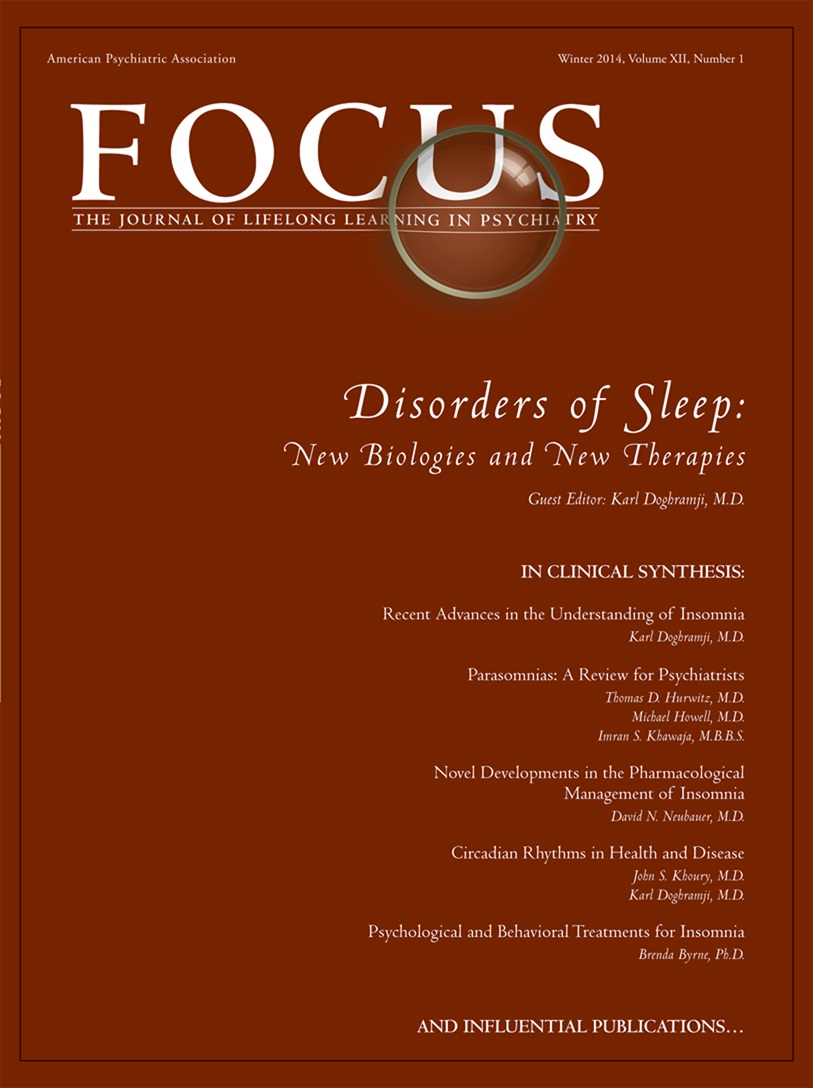Neurobiologic Mechanisms of Sleep and Wakefulness
Defining Sleep
Constituents of Sleep
Sleep Architecture
Control of Respiration and Cardiovascular Function During Sleep
| Parameter | NREM Sleep | REM Sleep |
|---|---|---|
| Heart | Decreases | Irregular with increases and decreases |
| Blood Pressure | Unchanged, stable | Irregular with increases and decreases |
| Upper airway muscle tone | Decreased | Further decreased |
| Temperature | Preserved thermoregulation | Increased temperature and poikilothermia |
| Gastrointestinal | Failure of inhibition of acid secretion; prolonged acid clearance | Failure of inhibition of acid secretion |
| Nocturnal penile tumescence/ clitoral enlargement | Infrequent | Frequent |
Effects of Age
How Much Sleep Does One Need?
Regulation of Sleep and Wakefulness
Drives.
Homeostatic Regulation of Sleep.
Circadian Rhythms.
Neurotransmitters Involved in Sleep and Wakefulness
Acetylcholine.
Serotonin and Norepinephrine.
Hypocretin.
Histamine.
Hypothalamus.
Pharmaceuticals and Recreational Drugs
Sleeping and Dreaming
Summary
Footnote
References
Information & Authors
Information
Published In
History
Authors
Funding Information
Metrics & Citations
Metrics
Citations
Export Citations
If you have the appropriate software installed, you can download article citation data to the citation manager of your choice. Simply select your manager software from the list below and click Download.
For more information or tips please see 'Downloading to a citation manager' in the Help menu.
View Options
View options
PDF/EPUB
View PDF/EPUBGet Access
Login options
Already a subscriber? Access your subscription through your login credentials or your institution for full access to this article.
Personal login Institutional Login Open Athens loginNot a subscriber?
PsychiatryOnline subscription options offer access to the DSM-5-TR® library, books, journals, CME, and patient resources. This all-in-one virtual library provides psychiatrists and mental health professionals with key resources for diagnosis, treatment, research, and professional development.
Need more help? PsychiatryOnline Customer Service may be reached by emailing [email protected] or by calling 800-368-5777 (in the U.S.) or 703-907-7322 (outside the U.S.).

